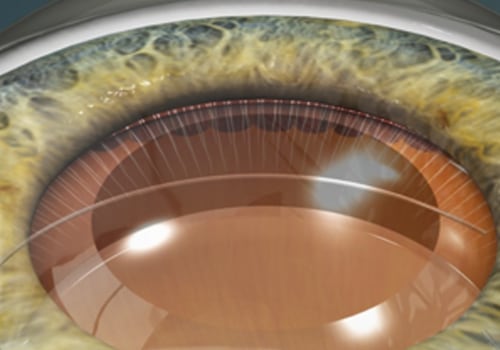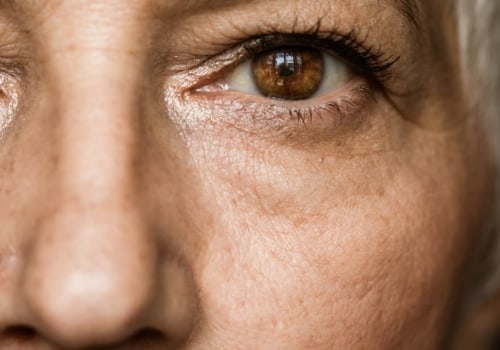Cataract surgery is a safe and successful procedure that can restore your vision. However, during the post-surgery recovery period, you may experience some side effects, including cloudy vision and glare from bright lights. These may last up to three weeks. In this article, we will discuss the common complications that can occur after cataract surgery and how to manage them.
Cloudy Vision
During cataract surgery, the front portion of the lens is removed and replaced with an artificial lens. This procedure is generally safe and successful. However, some patients experience cloudy vision after surgery. This is usually temporary and will get better in a few days. In addition, anti-inflammatory eye drops can help control the inflammation in the eye and help to restore clear vision. Patients with more significant cataracts may also experience a steam room feeling or foggy vision. This may occur because the vitreous, a clear fluid that fills the eye, is swollen. The patient should wear sunglasses to protect the eye from bright lights. Another common complication after cataract surgery is posterior capsule opacification (PCO). The back part of the lens capsule becomes cloudy, and an opening is made in it to allow light to pass through. This is a painless and non-invasive procedure that takes about 5 minutes to complete. Cataract infection is another common complication after cataract surgery. This infection results from germs in the eye that cause disease. If the condition is not treated quickly, the patient may lose all of their vision. The infection usually occurs within a week after surgery and is generally treated with antibiotic eye drops.
Glare from Bright Lights
During cataract surgery, a cloudy lens is removed from your eye and replaced with an artificial lens. This new lens allows you to see sharp images but can also cause glare. In addition, the cloudy lens can cause light to be scattered in your eye, making your vision blurry. After cataract surgery, you may have difficulty coping with bright light. This can lead to discomfort, especially when you are driving. However, the pain can be reduced by wearing sunglasses and wide-brimmed hats. If you have an issue with glare, you should talk to your eye doctor. If you have glare problems after cataract surgery, there are several things you can do to reduce the amount of glare you are exposed to. Some of these include wearing a vehicle visor, driving on a flat surface, wearing tinted glasses, and wearing sunglasses with a UV filter. The most effective way to deal with glare after cataract surgery is to limit the amount of light that enters your eye. If you cannot do this, you may need to wear an eye shield while sleeping. You should also call your eye doctor if you experience sudden changes in your vision. Another complication that may occur after cataract surgery is vision dysphotopsia. These can result from the corneal flap being lifted and repositioned during the surgery. The flap takes time to heal and adjust to its new shape.



